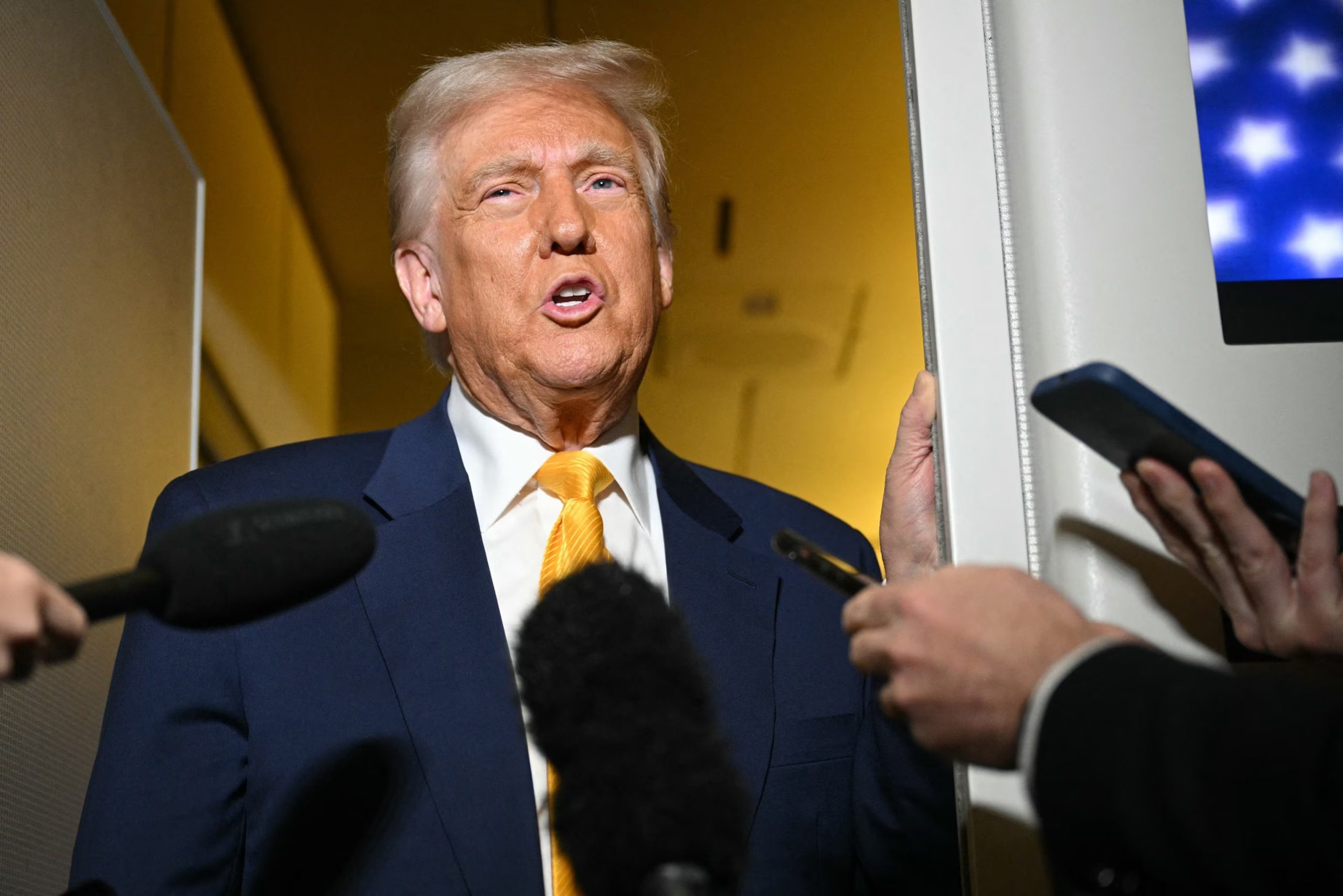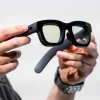The Trump administration issued an amended executive order easing tariffs on a wide range of technology products, including those from China. While the initial April 2 order imposed a steep 125% tariff on Chinese imports, the updated directive clarifies exceptions specifically for the tech sector. These changes primarily benefit the PC and smartphone industries, which have already faced high pricing pressures due to ongoing component shortages and inflation.
Tariff Exceptions Clarified Under HTSUS, But Trump Denies Broad Tech Relief
The updated order outlines that various items classified under the Harmonized Tariff Schedule of the United States (HTSUS) are now excluded from the elevated tariff rates. Notably, semiconductors are explicitly mentioned as an exempted category. Trump’s order indicates that these exemptions were part of the original policy design but are now being clarified more formally to ensure proper application. This comes as a relief to consumers and manufacturers alike who have been struggling with increased costs.

Despite the formal documentation of these exceptions, Trump publicly denied on Truth Social that there had been any broad exemption for the tech industry. He insisted that the products remain under the scope of existing 20% fentanyl-related tariffs and have merely shifted into a different categorization within the tariff system. Trump also hinted that his administration is considering further scrutiny of the electronics supply chain, particularly focusing on semiconductors.
Wide Range of Tech Products Temporarily Exempted, Future Tariff Plans Remain Unclear
The exempted items include a comprehensive list of tech hardware, such as memory modules, processors, motherboards, servers, smartphones, monitors, routers, and other components. These fall under categories like 847330 and 8542, which relate to data processing machines and electronic integrated circuits. Devices used in semiconductor manufacturing are also included. Although the changes suggest broad relief for tech imports, the administration maintains that tariffs still apply, just at adjusted rates.
While the move provides short-term relief, uncertainty persists about future tariffs. Although the administration had initially planned to impose a 25% tariff on chip imports by April 2, that was delayed. Trump has suggested that tariffs on chips could rise further in the coming year. Commerce Secretary Howard Lutnick also added to the ambiguity, stating that while some products are temporarily exempt, semiconductor tariffs are expected to be reinstated within a couple of months.


